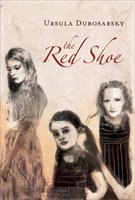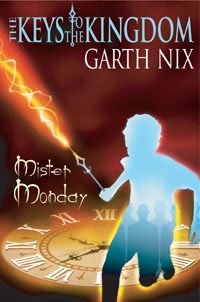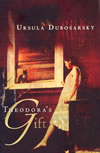 by Ursula Dubosarsky
by Ursula Dubosarsky
The Red Shoe is a story with the child’s point of view at its centre. Set around Easter 1954 and looking back to a significant event of the previous Boxing Day, we see a family in a time of crisis. There are three daughters aged 6, 11 and 15, a mother, a father who is often absent on his ship, and Uncle Paul.
Around them are contemporary events involving Russian spies, children dying of polio, and various Sydney murders and misadventures, captured in newspaper clippings placed between many of the chapters. But there is also the possibility of going to the Royal Easter Show, family picnics, trips to the beach and school parades.
In spite of the child’s point of view, this story deals with some serious issues. The father is suffering from the after-effects of trauma so his depression and the shocking possibility of suicide create a fearful backdrop to the story.
Looking back on The Red Shoe is like viewing a tapestry that reveals greater depths as you move from capturing the big picture to looking into each detailed corner. There is much to discover here.
Read how the author came to write The Red Shoe here. For links to background information about a variety of things mentioned in the book, like the Petrov Affair, polio epedemics of the 50s, the Argonauts Club and the Palm Beach Ferry look here.





